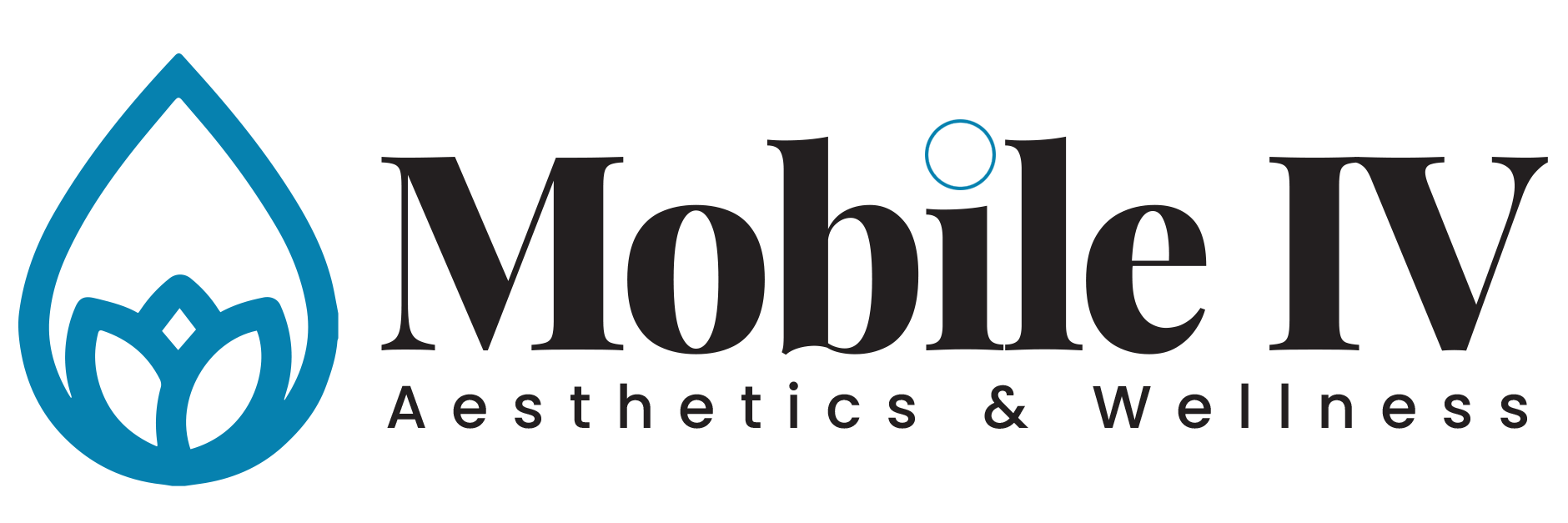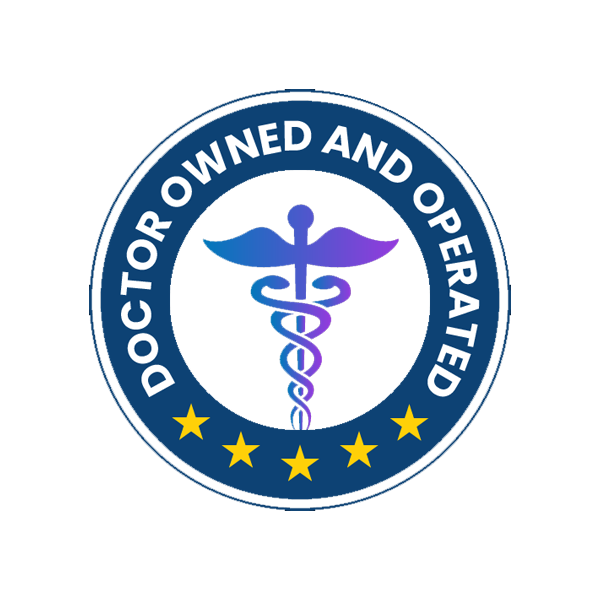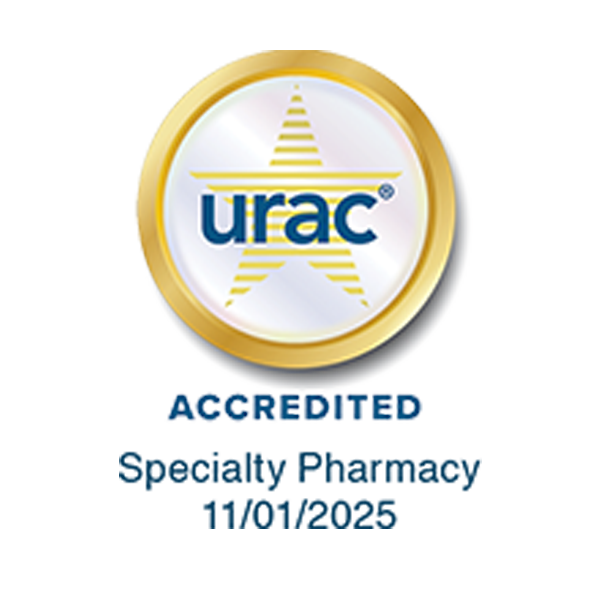Achieving Optimal Balance with Vitamin D
May 1, 2024
When considering vitamin D, most individuals immediately associate it with bone health. Vitamin D is renowned for its role in maintaining the balance of essential minerals like calcium, phosphorus, sodium, and magnesium, crucial for promoting healthy bone formation and mineralization. Interestingly, vitamin D is not classified as a vitamin but rather as a prohormone, synthesized by the body in response to sunlight exposure or consumption of specific foods and supplements. Insufficient vitamin D levels are prevalent in approximately 50% of the global population, attributed to lifestyle factors, environmental influences, and inadequate intake of vitamin D-rich foods.
One unique aspect of vitamin D is its ability to be synthesized in the skin through exposure to sunlight. It exists in two primary forms: vitamin D2 and D3. While vitamin D2 is naturally present in sun-exposed mushrooms, vitamin D3 is primarily produced in response to sunlight exposure or found in oil-rich fish, often considered the more “natural” form.
Inadequate vitamin D levels can compromise the absorption of essential minerals such as calcium and phosphorus. Without sufficient vitamin D, the body may only absorb 10-15% of dietary calcium and approximately 50% of phosphorus. Insufficient sunlight exposure or low consumption of vitamin D-rich foods may result in various symptoms, including recurrent illness, fatigue, bone and back pain, low mood, impaired wound healing, hair loss, and muscle pain.
What leads to deficiencies in vitamin D?
Our bodies synthesize Vitamin D through sun exposure on the skin; however, the production of Vitamin D is influenced by skin tone. Lighter skin tones may only require approximately 45 minutes of sun exposure per week, whereas darker skin tones may need up to three hours. Prolonged sun exposure can have long-term consequences, as even as little as 60 seconds of UVA exposure increases the risk of melanoma. While sunscreen is crucial for preventing skin cancer, it also blocks 95% of sun exposure. Additionally, factors such as clouds, clothing, and occupational duties significantly reduce sunlight exposure, particularly in northern regions.
What are some advantages of Vitamin D supplementation?
At Mobile IV MedSpa, our priority is enhancing your health and overall well-being. We’re excited to introduce Vitamin D shots as part of our offerings, provided that your blood work indicates suitability for treatment. We accept blood work results from your doctor’s office if they were obtained within the last 90 days. Alternatively, if you prefer to have your blood drawn at Mobile IV MedSpa, please bring your insurance, ID, and a method of payment. Rest assured, we’ll keep you informed of your results. Why is blood drawing necessary?
What are the consequences of excessive Vitamin D intake?
Once approved by our Medical Director, you can receive a Vitamin D shot every six weeks. After this period, we kindly ask for updated blood work before initiating another series of shots.














